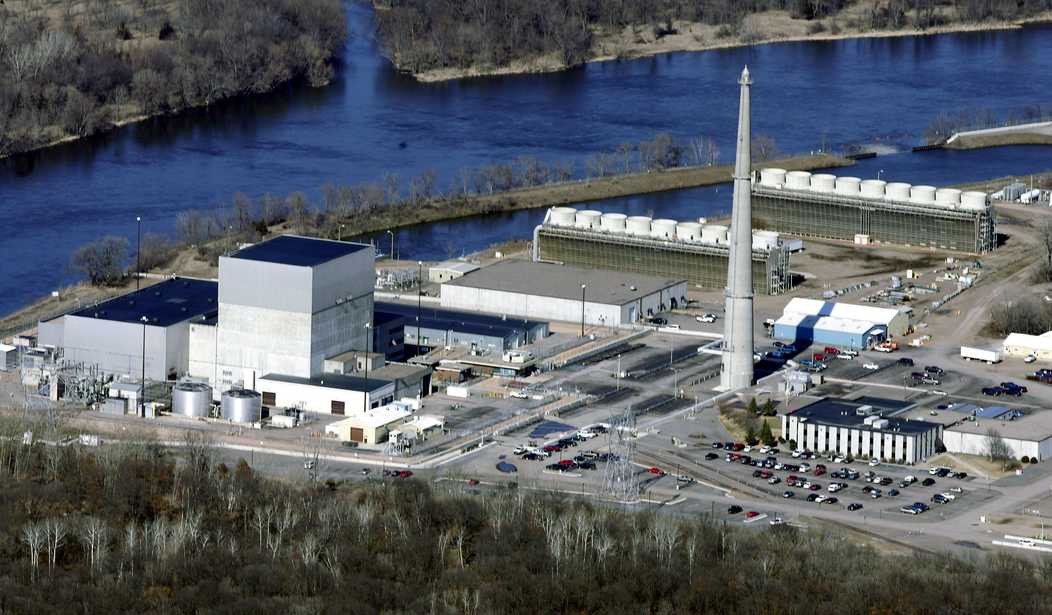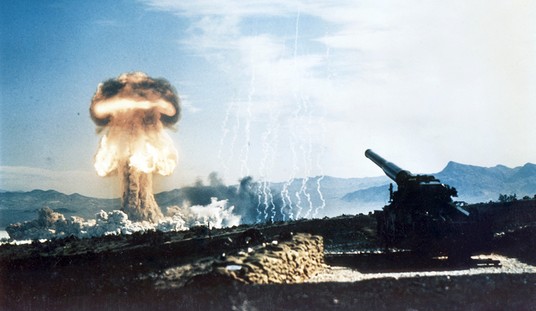The United States is undergoing an energy renaissance, and leading that is the development of ever-more-efficient, ever-more-effective nuclear fission reactors. Reactors are better and safer than they have ever been, and new designs and new technologies promise to improve that even more. One of the most significant developments is the advent of Small Modular Reactors, or SMRs, which could power a small town on their own - or a major, energy-hungry artificial intelligence (AI) data center.
President Donald Trump has been pushing this as part of his energy policy, starting with clearing away some dead wood that was holding up approval of new nuclear plants. This is only part of the president's energy policies, which also include ramping up oil, natural gas, and coal production; but these new reactors are the designs of the future, clean, efficient, and safe, providing reliable, high-density energy.
We solve today's problems with tomorrow's technology. Nuclear power is the electricity-generation technology of the future. The Trump administration gets it. It's too bad the climate scolds don't.
A major reason for the virtual standstill in nuclear energy development in the U.S. was the Nuclear Regulatory Commission’s near-maniacal effort to reassure a skittish public that they would not issue permits to any nuclear power plant that had the potential for public harm.
The shot heard round the world signaling a change in U.S. nuclear energy policy was the summary firing of NRC Commissioner Christopher Hanson, whose divinity school background may have contributed to a perception he viewed his job as more a gatekeeper for regulatory control than a partner in building a U.S. nuclear future.
As Senate Environment and Public Works Committee chair Shelley Moore Capito (R, WV) said, “For decades, the NRC took too long, cost too much, and did not have a predictable and efficient process to approve new licenses or modernize outdated regulations.”
The best thing that the federal government can do here is to set some elementary safety standards and then stay out of the way, because this is happening. These big new AI centers demand it, and whatever one may think of AI, it's a genie that's not going back in the bottle. Amazon, Google, and Meta are all looking into small modular reactors to power their data centers.
Some more major projects include:
In the last few weeks, what was already a fast train picked up even more speed. On October 16 the U.S. Army unveiled its next-generation nuclear power Janus Program for the deployment of small modular reactors to support national defense installations and critical missions. Commercial microreactor manufacturers will partner with the Army’s Defense Innovation Unit with a goal of an operating reactor by September 30, 2028.
On October 26, Hyundai Engineering & Construction announced a basic design contract with Fermi America to construct four large nuclear reactors on a 8.1-square-mile property outside Amarillo, Texas. The Hyundai-designed AP1000 nuclear reactors will generate 4 GW for the HyperGrid complex, the world’s largest integrated energy and AI campus. The 11-GW project also includes 2 GW from small modular reactors, 4 GW from gas combined cycle plants, and 1 GW from solar and battery storage systems.
The integrated license application for the $500 billion project, the brainchild of former Energy Secretary Rick Perry and Fermi co-founder Toby Neugebauer, is currently under expedited review by the NRC. Meanwhile, Hyundai E&C is working on design tasks and preparations for the main construction phase, with finalization anticipated for an engineering, procurement, and construction (EPC) contract by spring 2026.
Nuclear power development may not be in high gear just yet, but it's certainly picking up speed.
Read More: Yes, Let's Take Every Last, Wondrous Drop of Oil
New: Firm Claims They Can Build Data Centers in Space
This is the needful path.
There's one more big thing: The newer reactor designs are getting a lot more bang for their buck, fuel-wise. Older fission reactors only got about 4 percent of the energy value out of fuel, but that number is rising. Spent nuclear fuel is being recycled, and yielding not only more usable fuel, but also some rare and strategic trace minerals, including palladium, krypton, rhodium, and americium.
Nuclear power should be the one energy technology that makes the climate scolds turn handsprings. It's clean. It's virtually free of carbon emissions. It's affordable. It's high-density, enough so that an SMR can power a major data center - or a small town. It's baffling that they scolds always turn to solar and wind power, both of which are expensive, low-density, and unreliable. But you can't expect intellectual consistency or curiosity from those people.
We solve today's problems with tomorrow's technology, and it is nuclear power, not wind, not solar, not anything else, that will provide the clean, efficient, reliable, high-density energy that our modern technological lifestyles demand. It's great that the Trump administration gets this and is moving towards streamlining, not interfering with, the development and production of new fission reactors. And if we ever close that "in the next 40 years" gap to develop a working, grid-scale fusion plant - about that, I'm a little skeptical, but even so - so much the better.
Our future is nuclear. We should embrace that.














